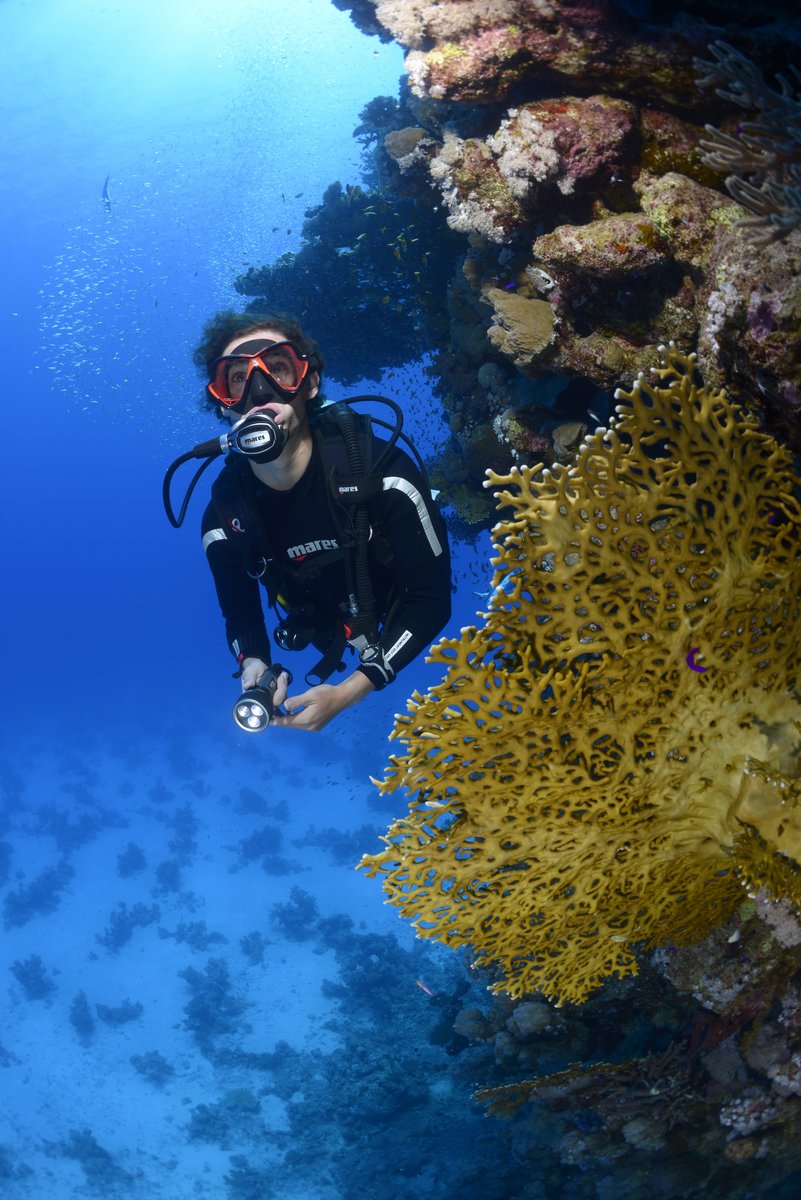
Four Fundamentals of Buoyancy Control
by Robert Diaz on Sep 04, 2023The four fundamentals of buoyancy control
Over the last twelve months I have taken real notice of the divers, whilst diving the ex HMAS Adelaide. Some have come up so rusty they could crack whilst others, have nicked their fingers on the many barnacles, now festooning the wreck.
I have realised for a long time now, buoyancy remains an important issue for a lot of divers- so whether you are a new diver struggling to perfect your buoyancy techniques, or someone who is looking to polish on your already good skills- Here are a few tips to help you to fine tune your buoyancy .
Breath Control
Breathe in and you increase your displacement and buoyancy- you automatically tend to rise slightly, then when you exhale, you will tend to sink.
Divers preparing to descend, let all the air out of their BCD and then- "take in a big breathe to descend"- they tend to float about the surface, then when they finally do exhale, they descend like a brick- This sometimes causes divers to stress especially, as they grope around for more weights, they don't really require!
Now this technique does not require you to hold you breath, it’s a matter of timing your breathing and paying attention to how full or empty, your lungs are to ascend or descend a little.
With a little bit of practice and breath control, buoyancy becomes second nature- You can easily ascend or descend solely, by breathing in and out.
Weight Distribution
Whenever we talk about buoyancy it’s stressed that you need to be wearing the right amount of weights in the first place. But, distributing your dive weights about you correctly is just as important as it can also make a big difference to your buoyancy.
Weight distribution depends from diver to diver also, according to the dive you are about to make. Typically, for a horizontal swimming position, that reduces drag, position your weights forward, towards your sides and stomach to help maintain aslightly head up, swimming position.
Weight distribution is not just limited to the weights you wear, it also includes all the scuba gear and dive related equipment you carry about you on a dive, plus how it is worn.
Be warned however- distribute weights around your body, don't overload your tank weights. You could end up on your back or even upside down, with this little test.
Streamlining
Streamlining not only minimizes exertion, it also reduces air consumption by improving your overall hydrodynamics.
Believe it or not- This helps your diving skills quite a bit, when your dive equipment is not poking out, hanging off you or getting dragged around, by you. Make yourself tight and streamlined- you will notice a marked improvement in your buoyancy right away.
Physical Fitness
Physical fitness is often overlooked as being important for diving, but it can make a huge difference in your overall diving enjoyment.
Think about it for a while! Lean mass sinks, fat tissues float- which makes fitness important.
When you’re fit, you become sleeker and more naturally streamlined, this makes controlling your buoyancy and trim a whole lot easier.
You want to become a better buoyancy diver? So, what are you waiting for?
Enrol onto our Perfect Buoyancy course today and really enjoy your diving adventures...
Trim level, breathe properly and tone up......
